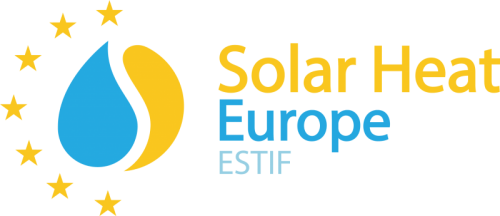Industry accounts for more than one-third of global energy demand and the largest part of its energy needs come from process heat, making its decarbonisation crucial for global and European climate goals. In this context, the technologies that can make industry decarbonisation a reality must become prominent in energy debates and plans at all levels.
New applications like Solar Heat for Industrial Processes (SHIP) plants have been exponentially growing, increasing in Europe from 2MWth to 10MWth in just a couple of years. Additionally, data is showing that while more and more large-scale solar heat plants are being built, the costs are going down, making the technology even more competitive.
The Solar Payback project has recently launched an analysis on solar energy for heat in industry, showing how supply chain maturity and economies of scale are driving costs down in key markets across the globe. The project is coordinated by BSW, the German Solar Association, and the analysis was developed in cooperation with IRENA and Solrico.
The analysis highlights three main market segments where large solar heat plants are showing cost reductions and those are industries with high energy demand for heat, utilities running district heating networks, and buildings from the service sector such as hospitals, hotels, sports centers, or multi-family houses. The report shows a cost reduction of 70% in 6 years and some of the key factors in the larger deployment of SHIP projects were public policies and public funding, with investment grants in France and solar heat tariff in the Netherlands as examples.
The report is a result of a comprehensive industry survey and the analysis of a unique dataset of costs and performance indicators of several hundred large solar heat systems constructed worldwide in the last ten years.
More about SHIP:
Solar thermal heat can be used in several industrial sectors and at different temperatures, reaching through concentrated solar heat collectors temperatures above 200°C. Considering that in Europe almost half of the industrial heat consumption is below 200°C, or used for process cooling, this clearly shows the potential of the technology to accelerate industry decarbonisation in the near future.


Leave a Reply